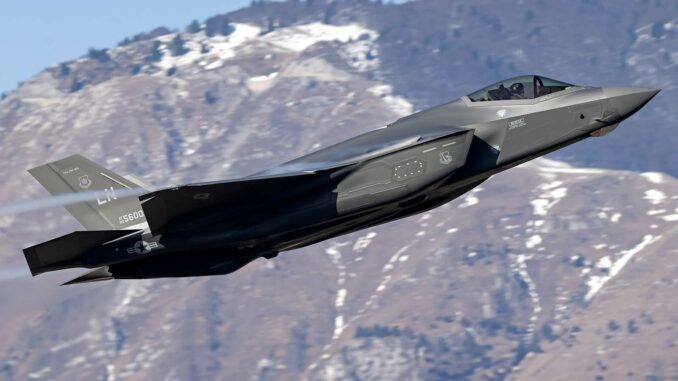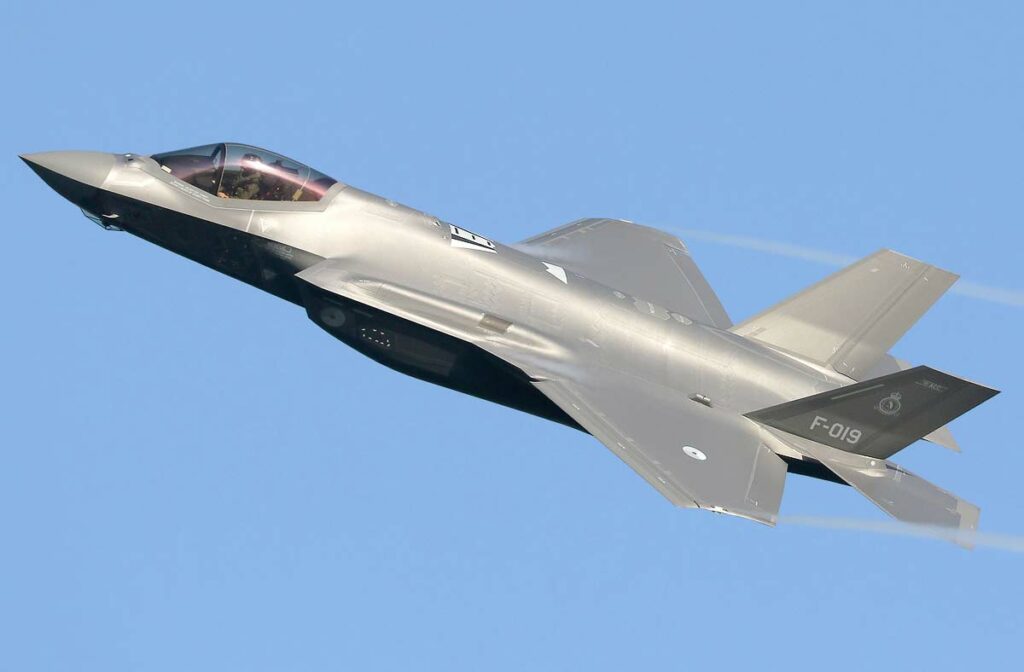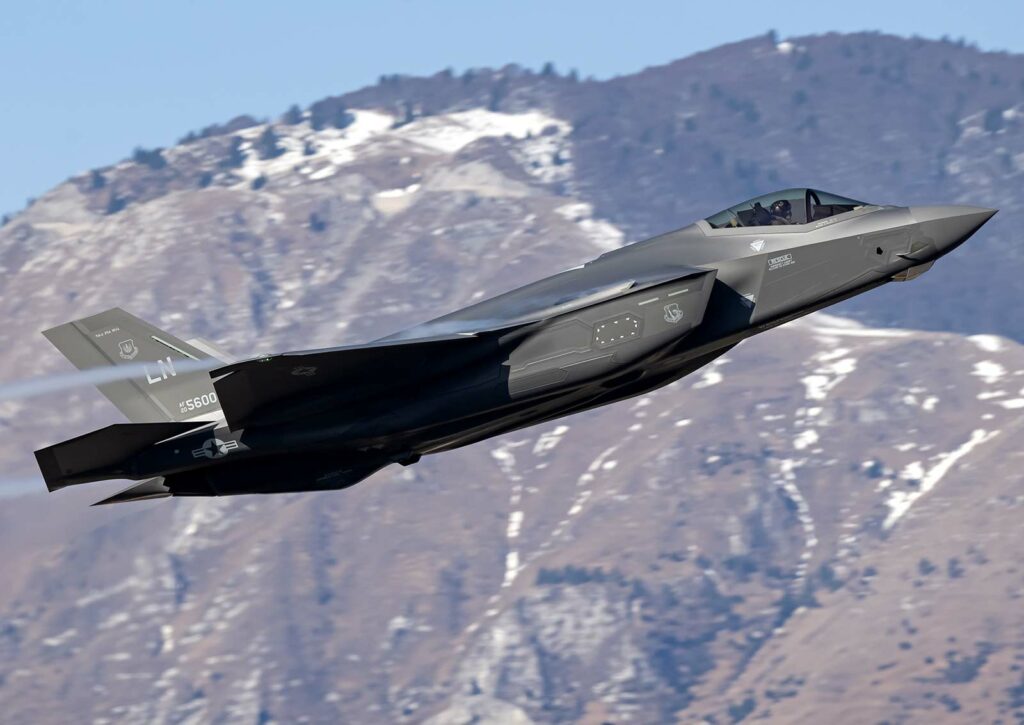
Half of the F-35s delivered to the USA are deemed fit for combat missions.
The US military has received 628 F-35 fighters from Lockheed Martin, but only 320 are considered “combat-ready”. This revelation, from a Pentagon report, raises concerns about the operational effectiveness of this key aircraft in the US military arsenal.

An operational challenge for the F-35 program
The F-35’s operational performance, with only 51% of all aircraft delivered deemed “combat-ready”, marks a decline in the efficiency and availability of this crucial fleet. This figure falls short of the 65% threshold set by the Pentagon, underscoring a decline from the 55% reported the previous year. This decline in operational capability, coupled with limited availability for multiple missions, raises questions about the F-35’s agility and robustness in the context of modern warfare. The revelation that 27% of the fleet was grounded awaiting spare parts between 2022 and 2023 compounds concerns about the sustainability of the contractor-led maintenance model and associated costs.
The critical context of the F-35 program
The F-35 program has been criticized for cost overruns and maintainability issues. The mysterious disappearance of a U.S. Navy F-35B has exacerbated these criticisms, highlighting the program’s logistical and financial challenges. Rising contract labor costs and delays in developing maintenance capabilities planned through 2027 reveal shortcomings in planning and execution, limiting the aircraft’s operational availability.
Global consequences and implications
The current state of the F-35 program has repercussions that extend beyond US borders, influencing the dynamics of European defense. Europe’s growing interest in the F-35, despite the program’s internal challenges, underscores the appeal of its advanced capabilities. However, the high cost of acquisition and maintenance raises questions about the financial viability for European countries committed to the project. The impact on European defense initiatives, in competition with the development of indigenous fifth-generation air technologies, reveals a growing dependence on American weapons systems.
Financial issues and future challenges
The modernization of bases and the infrastructure required to accommodate the F-35, as illustrated by the German case, highlight the imminent financial challenges. Significantly underestimated initial estimates of infrastructure costs, which could reach almost double the forecast, signal future budgetary difficulties for countries adopting the F-35.

The revelation that only half of the F-35s delivered to the US are “combat-ready” highlights significant challenges for the program, from maintainability to financial sustainability. As the F-35 continues to dominate international markets, these problems underline the need for a re-evaluation of acquisition and maintenance strategies. The implications for European defense and national budgets require careful attention to navigating the complexities of adopting this advanced technology, ensuring that defense capabilities remain state-of-the-art without compromising financial stability.
War Wings Daily is an independant magazine.